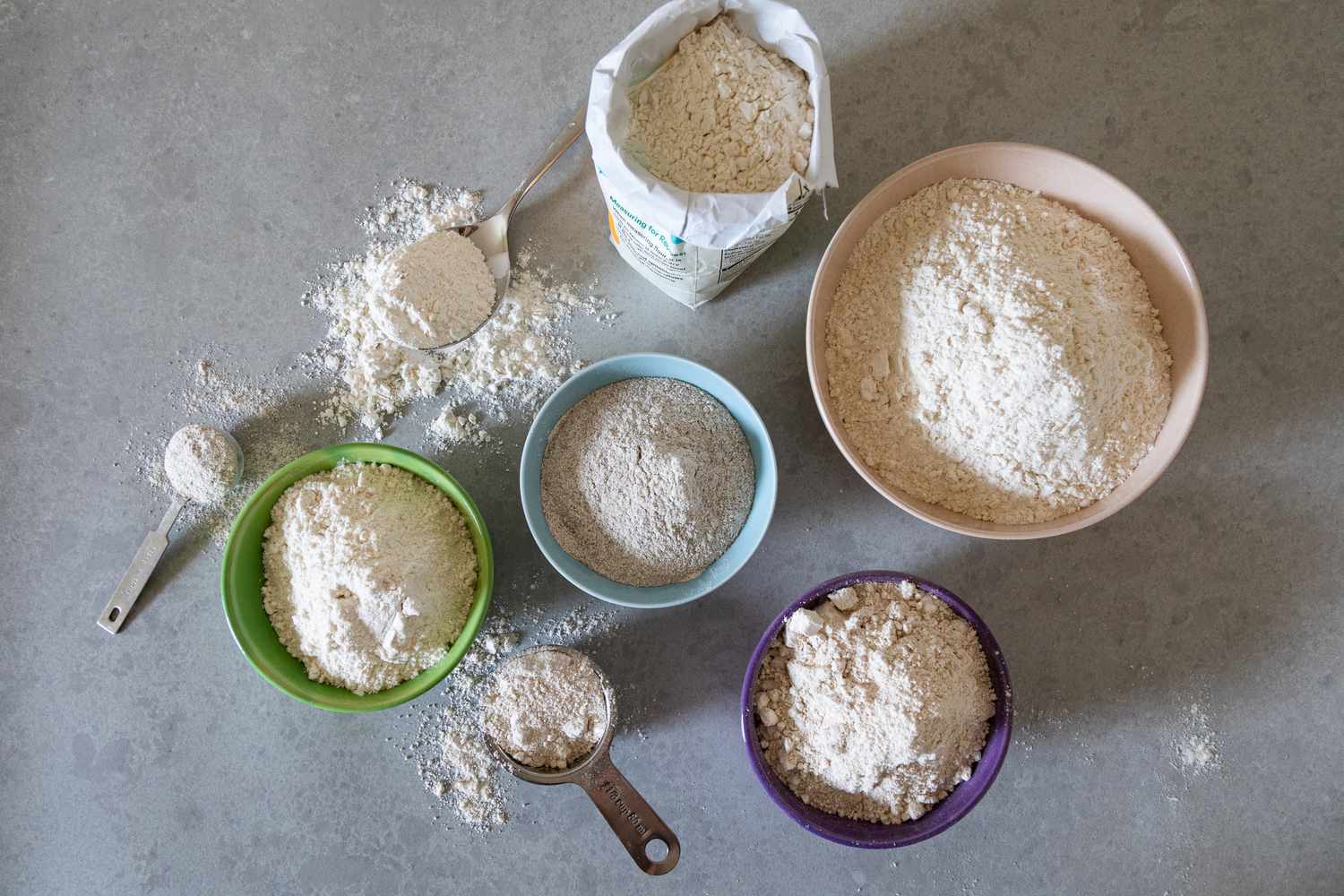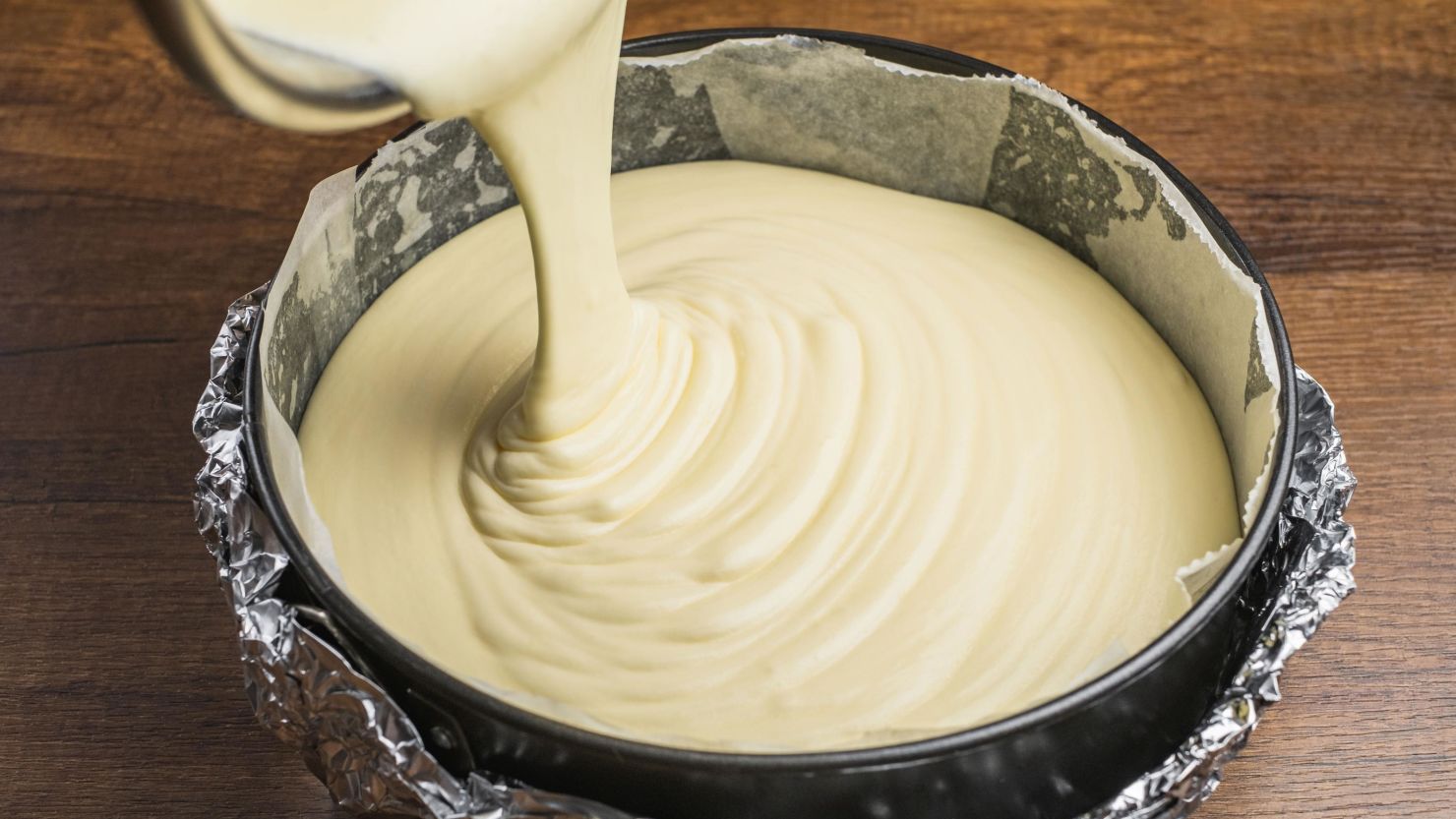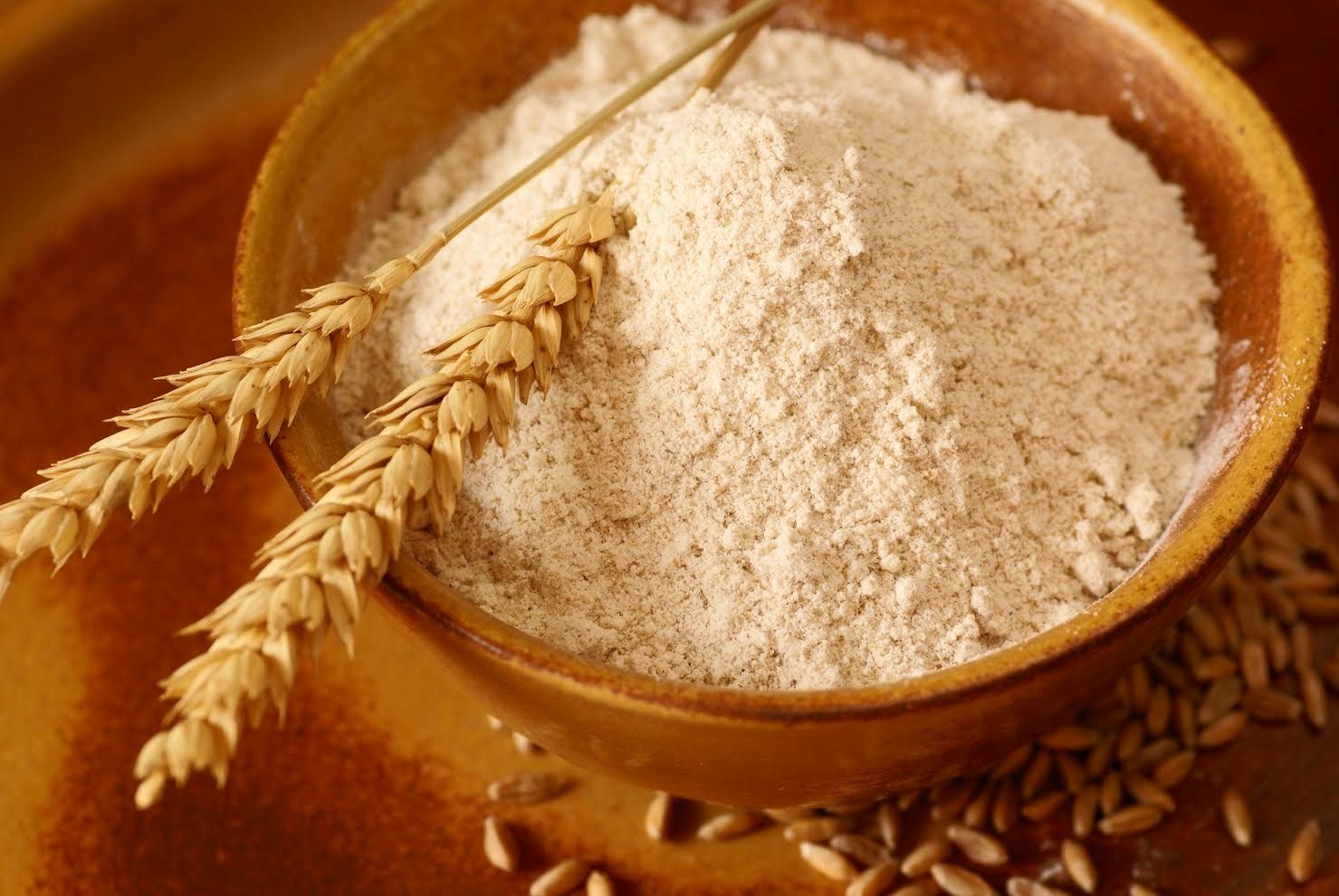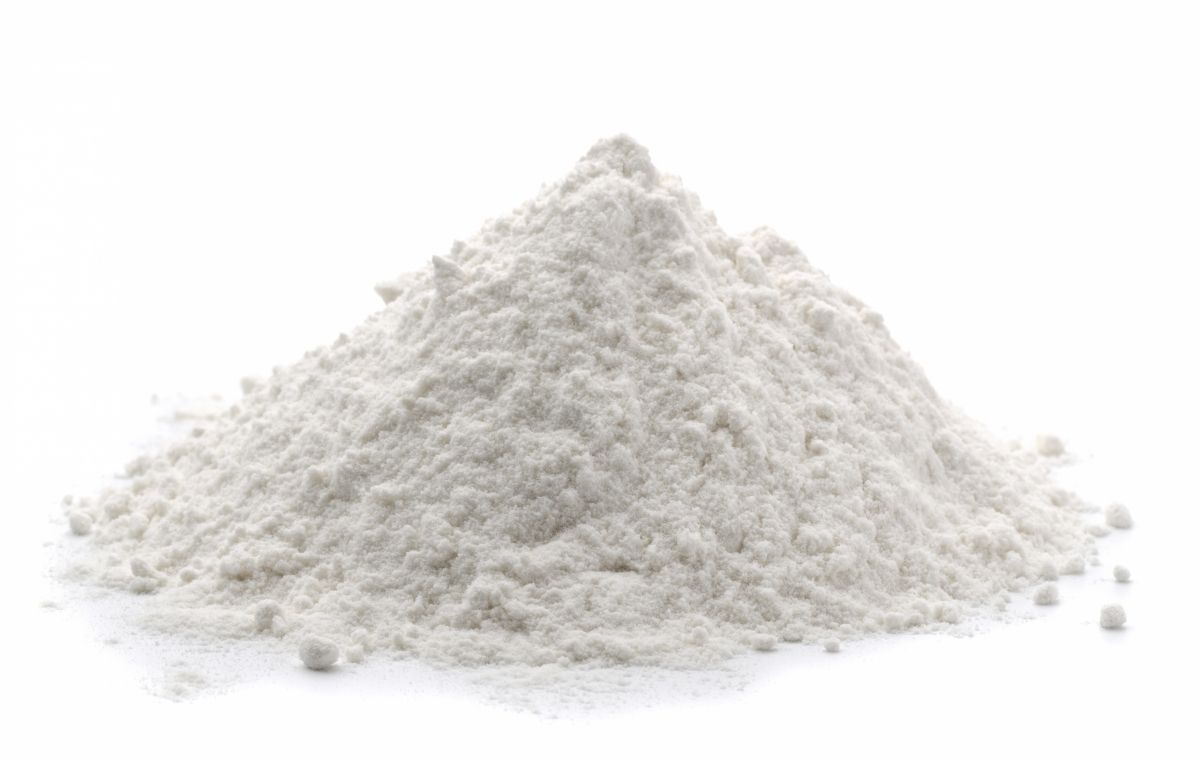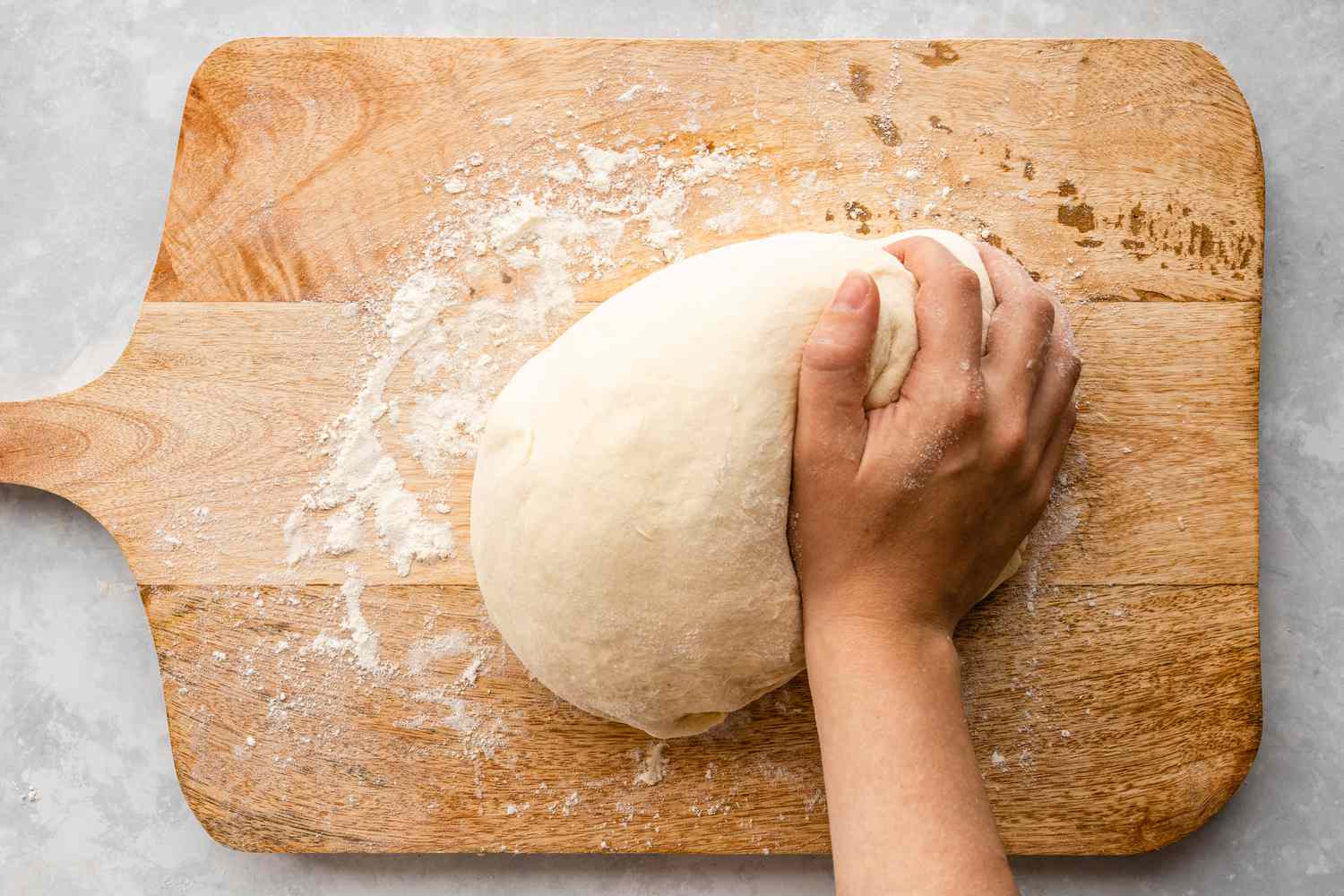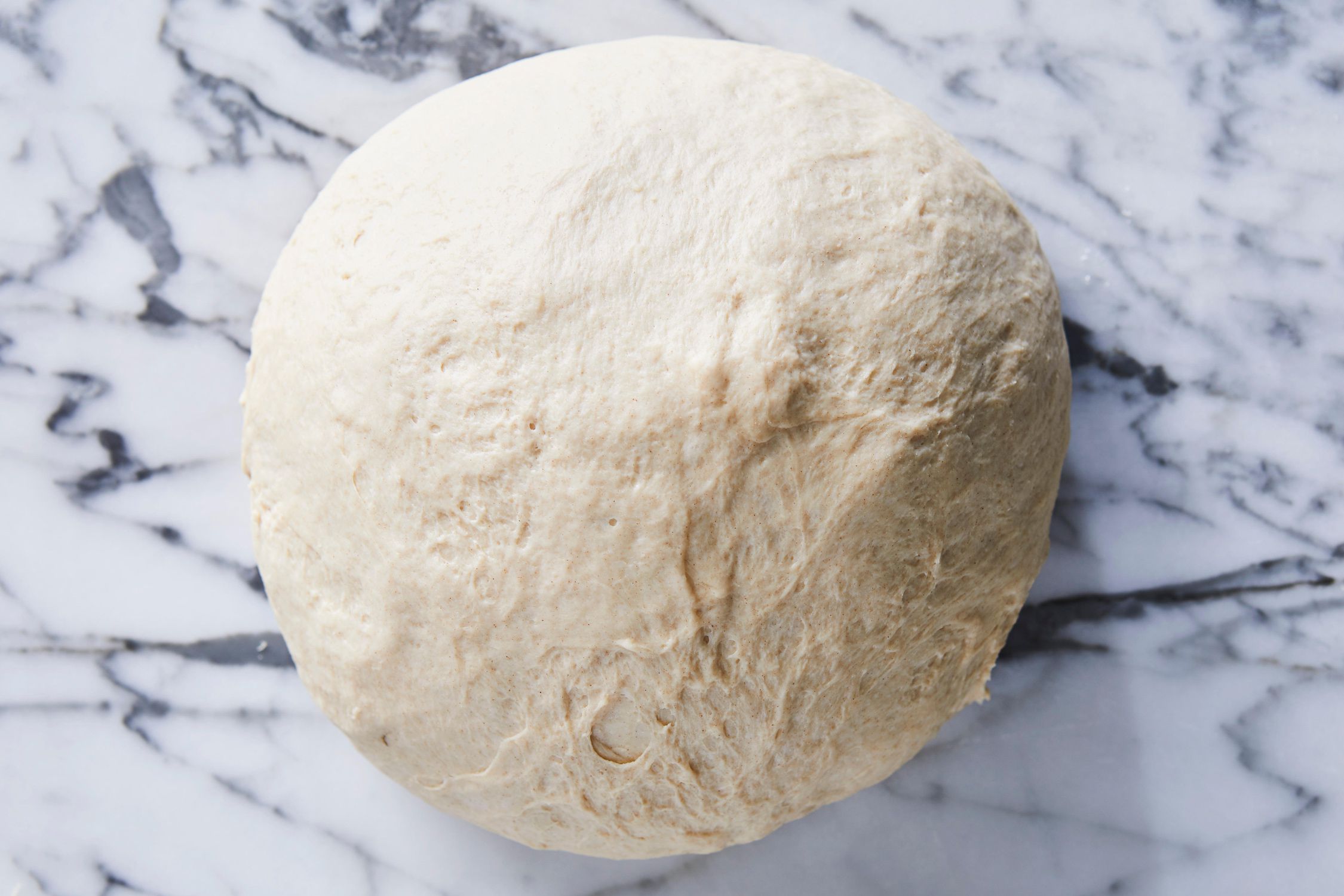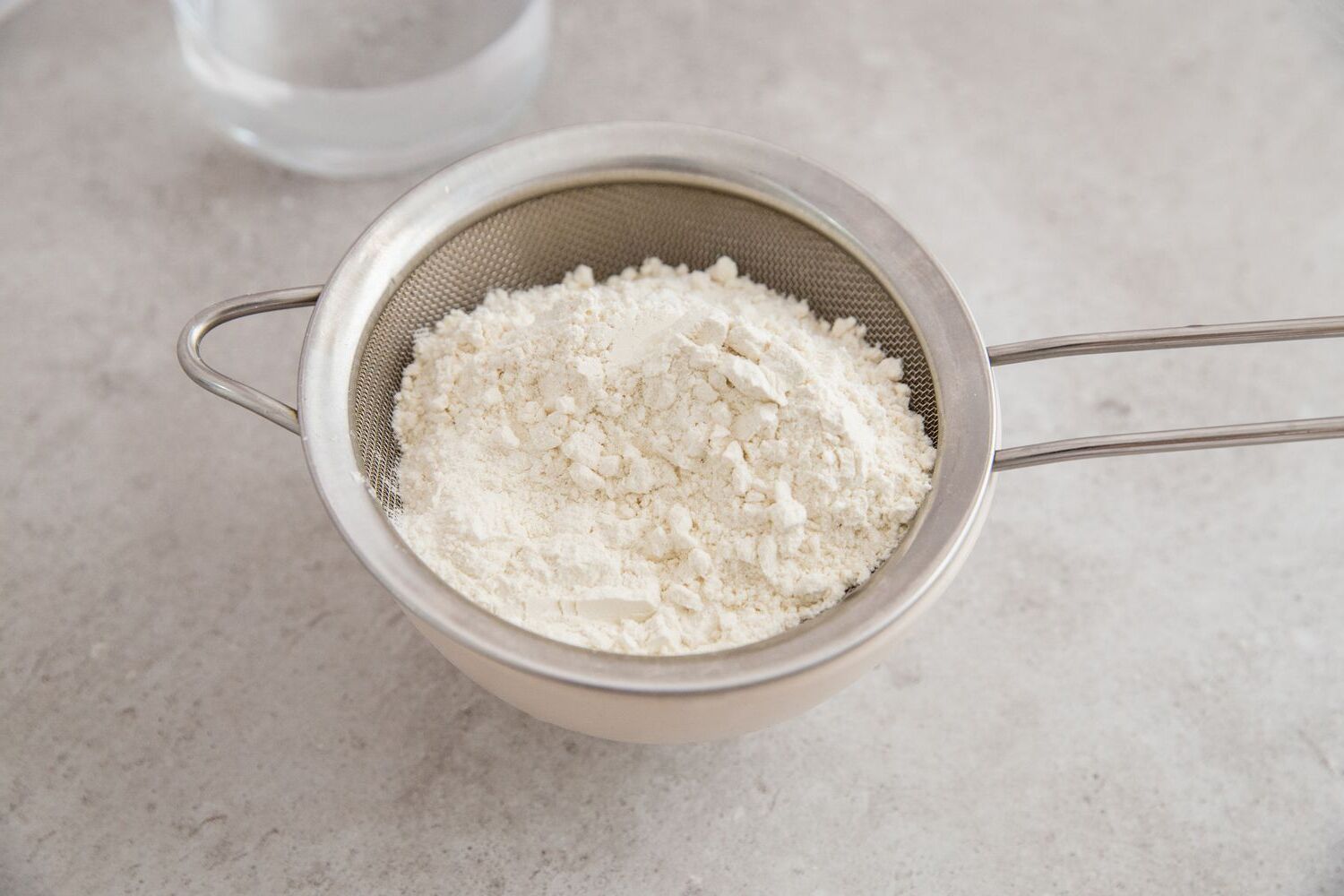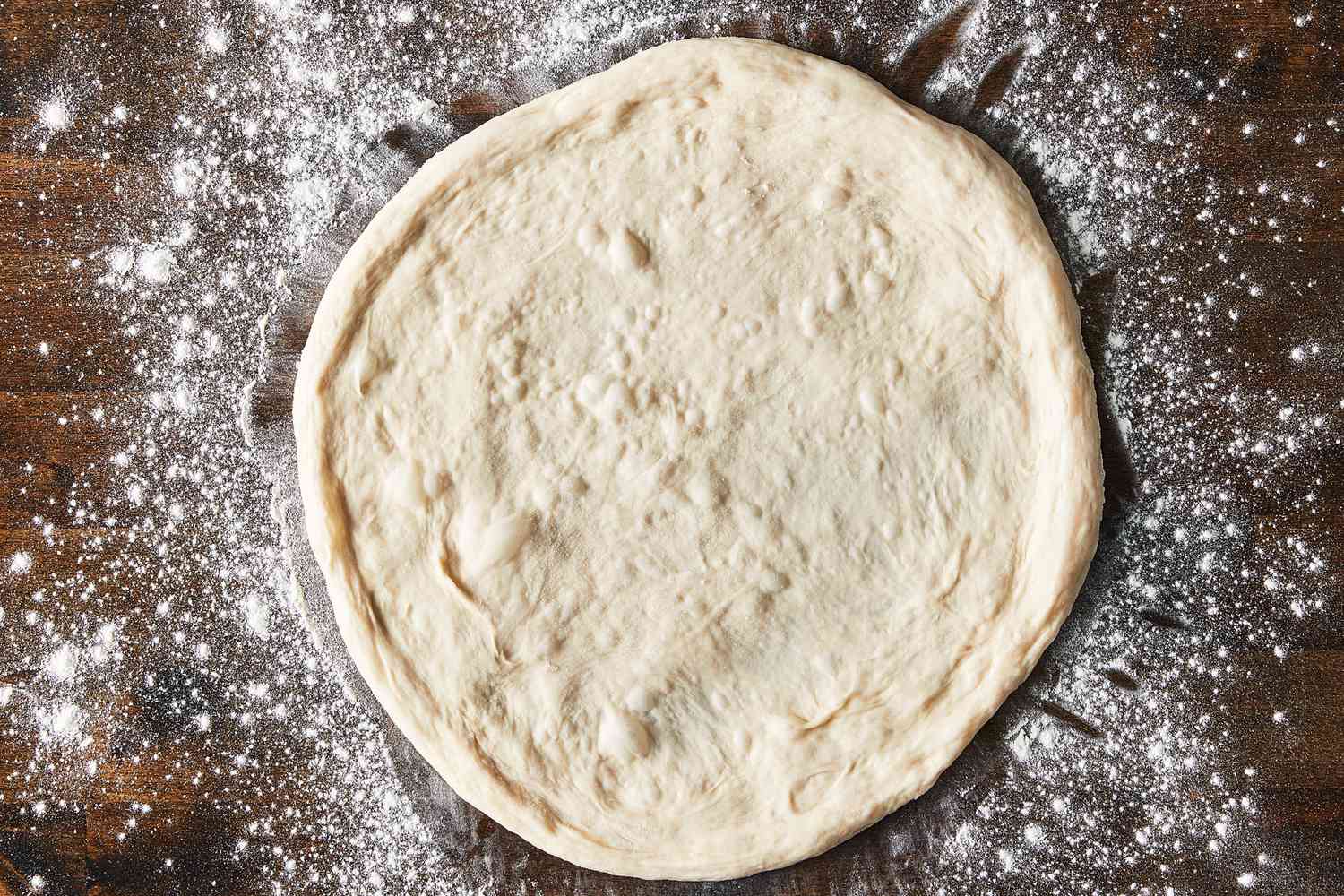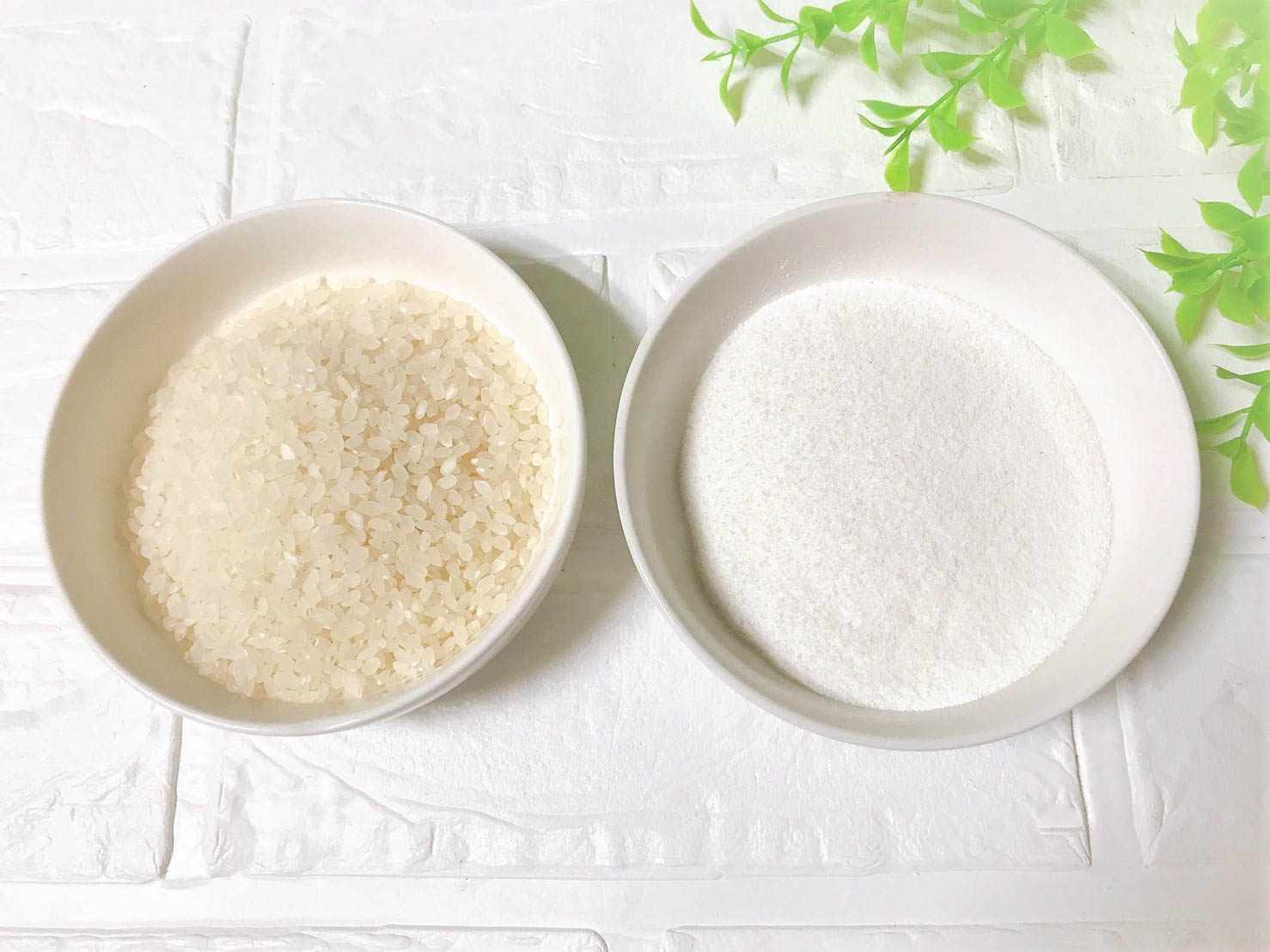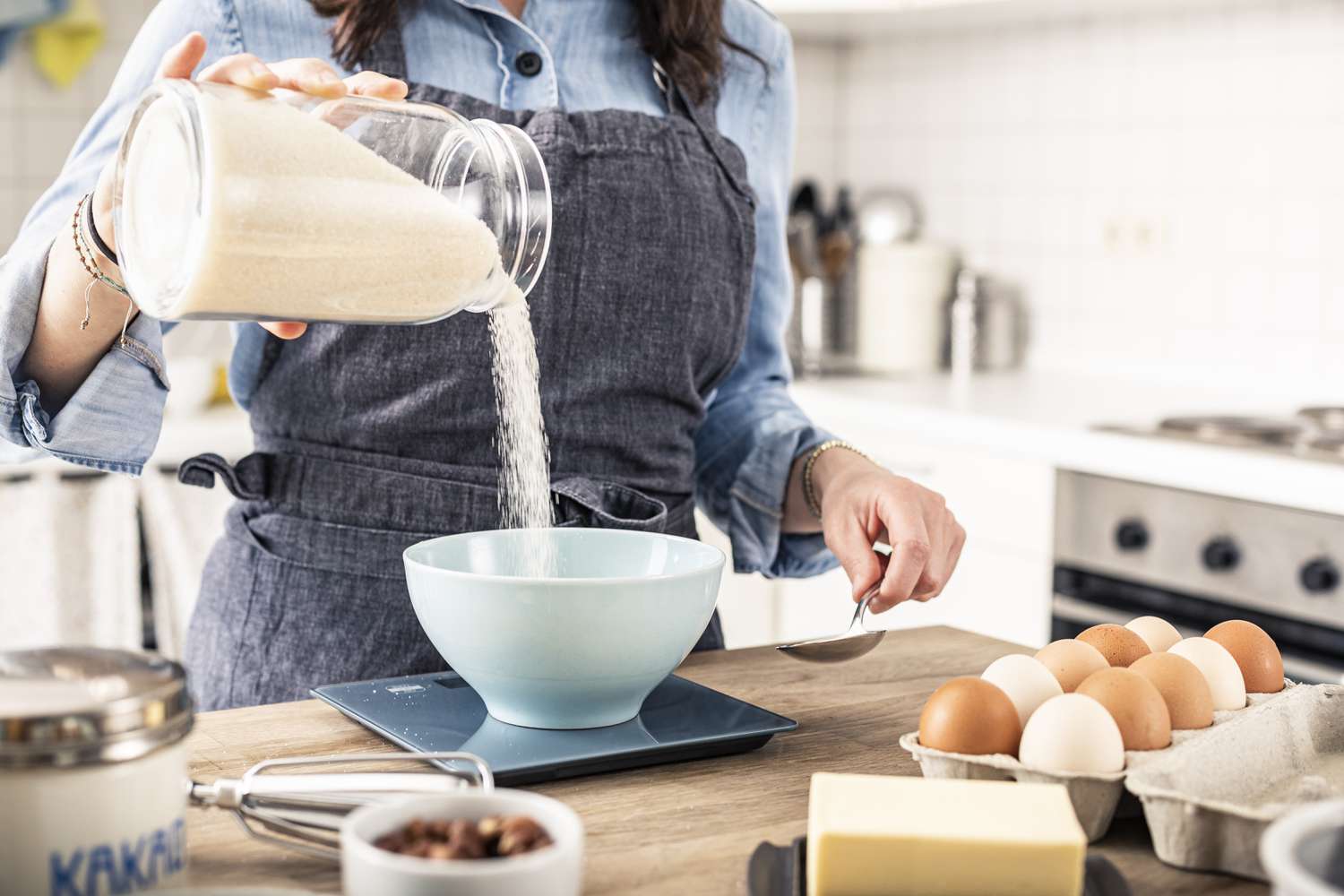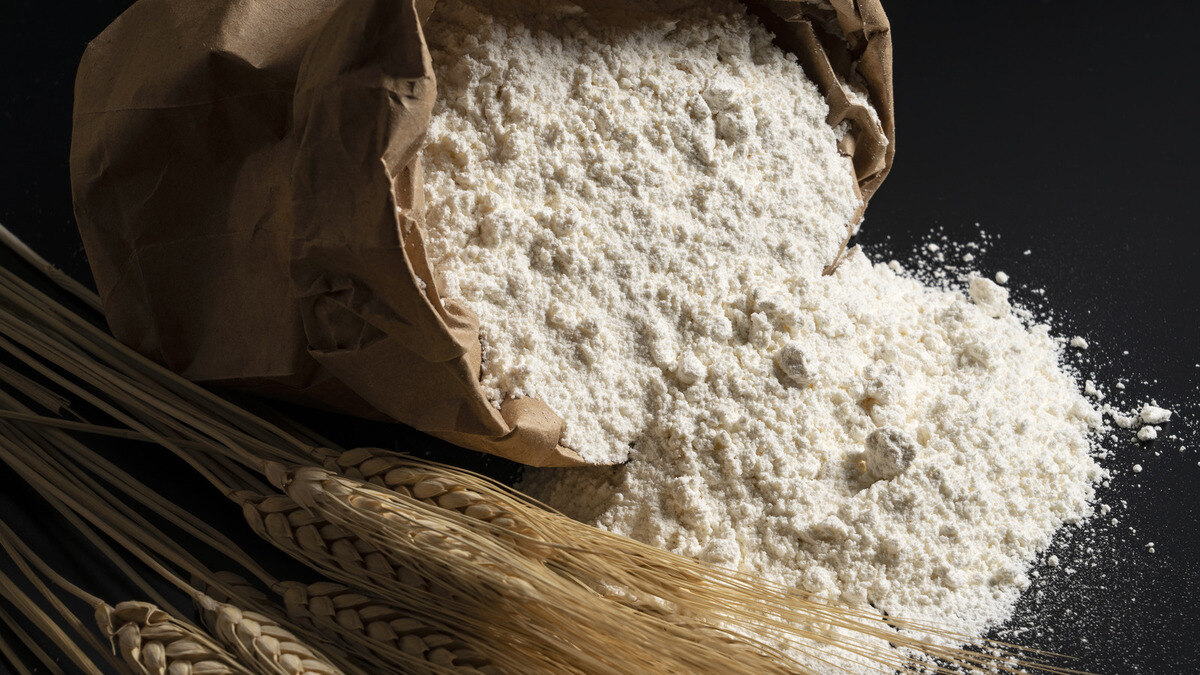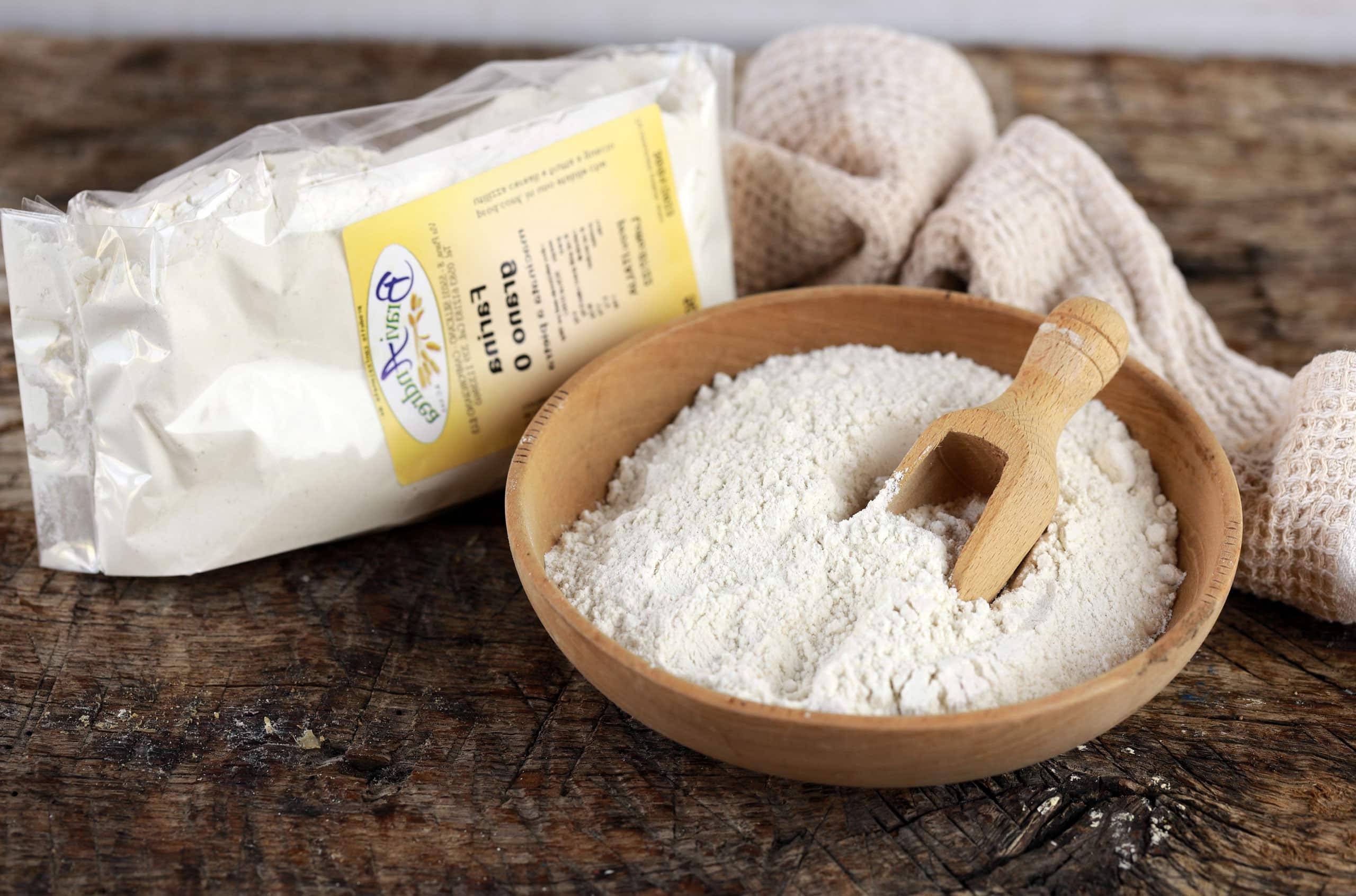Baking can seem tricky, especially when faced with many flour choices. Each type of flour has unique properties that affect your baked goods. From all-purpose to bread flour, knowing the differences helps you achieve the best results. All-purpose flour works well for most recipes, while bread flour has more protein, making it ideal for chewy bread. Cake flour, with its fine texture, creates light, tender cakes. Whole wheat flour adds a nutty flavor and dense texture. Understanding these basics will make your baking adventures more successful and enjoyable. Let's dive into the world of flour and see what each type offers.
Essential Ingredients for Baking 101: Understanding Different Types of Flour
All-Purpose Flour
Bread Flour
Cake Flour
Pastry Flour
Whole Wheat Flour
Self-Rising Flour
Gluten-Free Flour
Almond Flour
Coconut Flour
Rye Flour
Spelt Flour
Oat Flour
Buckwheat Flour
Chickpea Flour
Rice Flour
Sorghum Flour
Teff Flour
Amaranth Flour
Necessary Tools for Baking 101: Understanding Different Types of Flour
- Measuring Cups and Spoons: For precise ingredient measurements.
- Digital Scale: Offers accuracy, especially with flour weight.
- Sifter or Fine Mesh Strainer: Helps aerate flour, removing lumps.
- Mixing Bowls: Various sizes for different stages of mixing.
- Whisk: Integrates dry ingredients evenly.
- Wooden Spoon or Silicone Spatula: For combining ingredients without overmixing.
- Rolling Pin: Essential for dough rolling.
- Baking Sheets or Pans: Depending on the recipe.
- Parchment Paper or Silicone Baking Mat: Prevents sticking, ensures easy cleanup.
- Oven Thermometer: Guarantees accurate baking temperatures.
- Cooling Rack: Allows air circulation for even cooling.
Different flours have unique properties. All-purpose suits most recipes, bread flour has more protein for better rise, and cake flour is finer for delicate textures. Choose based on desired texture and structure.
The Importance of Different Types of Flour
All-purpose flour is versatile, suitable for many recipes. It has a balanced protein content, making it ideal for cookies, cakes, and bread. Bread flour has higher protein, giving bread its chewy texture. Cake flour is finely milled with low protein, perfect for tender cakes and pastries.
Step-by-Step Guide to Baking 101: Understanding Different Types of Flour
Baking 101: Understanding Different Types of Flour
-
All-Purpose Flour
- Versatility: Suitable for most baking needs.
- Protein Content: 10-12%.
- Texture: Medium, balanced between soft and firm.
- Uses: Cakes, cookies, bread, muffins.
-
Bread Flour
- High Protein: 12-14%.
- Gluten Development: Stronger gluten formation.
- Texture: Chewy, firm.
- Uses: Artisan bread, pizza dough, bagels.
-
Cake Flour
- Low Protein: 7-9%.
- Texture: Fine, soft, delicate.
- Uses: Cakes, cupcakes, delicate pastries.
-
Pastry Flour
- Medium Protein: 8-9%.
- Texture: Tender, flaky.
- Uses: Pie crusts, tarts, cookies.
-
Whole Wheat Flour
- High Fiber: Contains bran and germ.
- Protein Content: 13-14%.
- Texture: Dense, hearty.
- Uses: Whole grain bread, muffins, pancakes.
-
Self-Rising Flour
- Pre-mixed: Contains baking powder and salt.
- Protein Content: 8-9%.
- Convenience: Reduces need for additional leavening agents.
- Uses: Biscuits, quick breads, pancakes.
-
Gluten-Free Flour
- Variety: Made from rice, almond, coconut, or other grains.
- Texture: Varies based on blend.
- Uses: Gluten-free baking, cookies, bread.
-
Almond Flour
- Low Carb: Made from ground almonds.
- Texture: Moist, dense.
- Uses: Gluten-free recipes, cookies, cakes.
-
Coconut Flour
- High Fiber: Made from dried coconut meat.
- Texture: Absorbent, requires more liquid.
- Uses: Gluten-free baking, pancakes, muffins.
-
Spelt Flour
- Ancient Grain: Nutty flavor.
- Protein Content: 12-13%.
- Texture: Light, airy.
- Uses: Bread, pasta, pastries.
-
Rye Flour
- Distinct Flavor: Earthy, slightly sour.
- Protein Content: 10-12%.
- Texture: Dense, hearty.
- Uses: Rye bread, crackers, pancakes.
-
Oat Flour
- Whole Grain: Made from ground oats.
- Texture: Soft, slightly chewy.
- Uses: Cookies, muffins, pancakes.
-
Buckwheat Flour
- Gluten-Free: Made from buckwheat groats.
- Texture: Dense, earthy.
- Uses: Pancakes, crepes, soba noodles.
-
Semolina Flour
- Durum Wheat: Coarse texture.
- Protein Content: 13-15%.
- Uses: Pasta, gnocchi, bread.
-
00 Flour
- Finely Ground: Italian flour.
- Texture: Silky, smooth.
- Uses: Pizza dough, pasta, pastries.
-
Chickpea Flour
- High Protein: Made from ground chickpeas.
- Texture: Dense, slightly nutty.
- Uses: Gluten-free baking, flatbreads, fritters.
-
Rice Flour
- Gluten-Free: Made from ground rice.
- Texture: Fine, slightly gritty.
- Uses: Gluten-free baking, noodles, pancakes.
-
Sorghum Flour
- Whole Grain: Mild, sweet flavor.
- Texture: Light, slightly gritty.
- Uses: Gluten-free baking, bread, muffins.
-
Teff Flour
- Ancient Grain: Nutty, slightly sweet.
- Texture: Fine, slightly gritty.
- Uses: Gluten-free baking, injera, pancakes.
-
Quinoa Flour
- High Protein: Made from ground quinoa.
- Texture: Slightly bitter, dense.
- Uses: Gluten-free baking, bread, muffins.
Mastering Flour Selection
Choosing the right flour is crucial for baking success. Each type offers unique properties that can make or break your culinary creations. From all-purpose flour, a versatile option for everyday baking, to cake flour with its low protein content for tender cakes, understanding these differences is key. Bread flour brings elasticity and rise to breads, while whole wheat flour adds nutrition and a hearty flavor. Specialty flours like rye and buckwheat introduce distinct tastes and textures, expanding your baking repertoire. Remember, swapping flours isn't always straightforward; it often requires adjustments in recipes. Experimenting can lead to delightful discoveries but also requires patience and practice. Embrace the variety and let your baking adventures begin with confidence, knowing you've got the flour fundamentals down.
Common Questions About Baking 101: Understanding Different Types of Flour
What's the difference between all-purpose flour and bread flour?
All-purpose flour is a versatile option used in many recipes. It has a moderate protein content, making it suitable for cookies, cakes, and some breads. Bread flour, on the other hand, has a higher protein content, which helps create more gluten. This makes it ideal for yeast breads, giving them a chewier texture.
Can I substitute cake flour for all-purpose flour?
Yes, you can, but it might change the texture. Cake flour has less protein than all-purpose flour, making baked goods lighter and softer. If you need to substitute, use 1 cup plus 2 tablespoons of cake flour for every cup of all-purpose flour.
What is self-rising flour?
Self-rising flour is a mix of all-purpose flour, baking powder, and salt. It's great for quick breads, biscuits, and pancakes. If you don't have any on hand, you can make your own by combining 1 cup of all-purpose flour with 1 1/2 teaspoons of baking powder and 1/4 teaspoon of salt.
How does whole wheat flour differ from white flour?
Whole wheat flour includes the entire wheat kernel, giving it more fiber and nutrients. It has a denser texture and a nuttier flavor compared to white flour, which is more refined and has a lighter texture. When baking, you might need to adjust liquids since whole wheat flour absorbs more moisture.
Is gluten-free flour a good substitute for regular flour?
Gluten-free flour can be a good substitute, but it depends on the recipe. It often requires a blend of different flours and starches to mimic the properties of wheat flour. Some recipes might need additional binding agents like xanthan gum to achieve the right texture.
What is pastry flour used for?
Pastry flour falls between all-purpose flour and cake flour in terms of protein content. It's perfect for making tender pastries, pie crusts, and some cookies. It helps achieve a delicate, flaky texture without being too crumbly.
